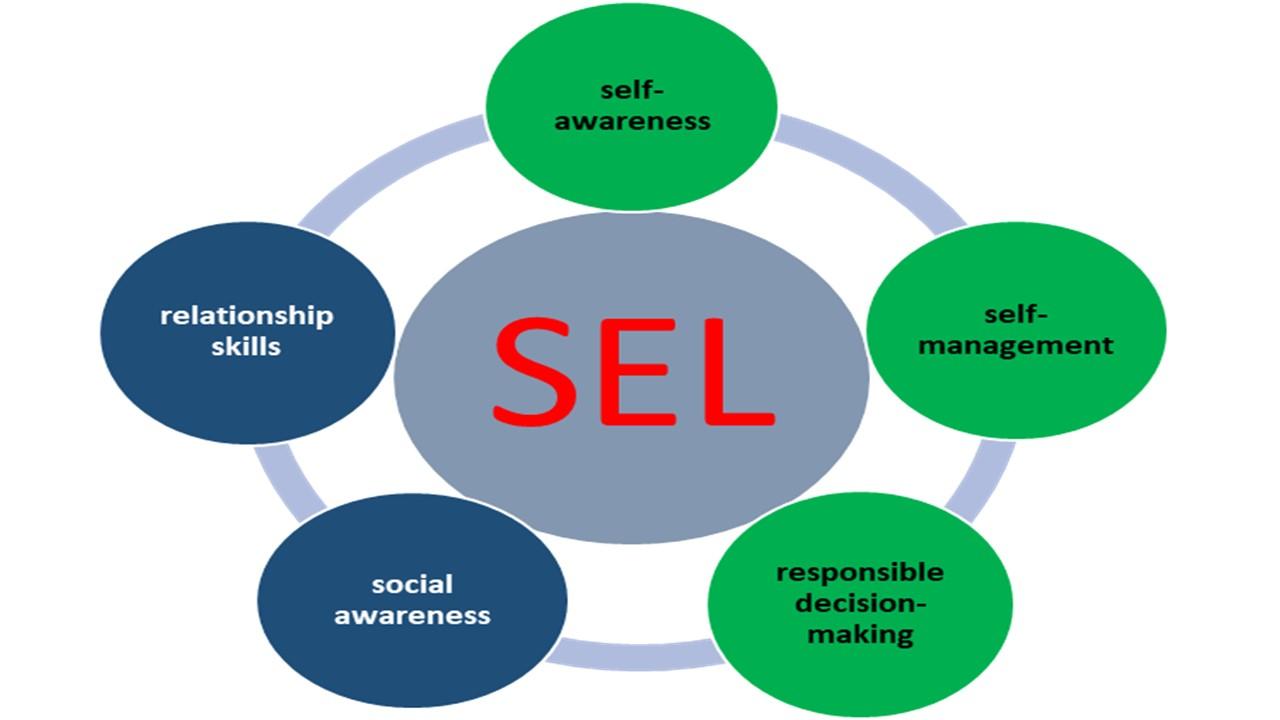SEL for Students with Special Needs: Practical Strategies for Inclusive Social-Emotional Learning
Teh journey toward fostering inclusive classrooms begins with recognizing and valuing the diverse needs of every student. Social-emotional Learning (SEL) for students with special needs is a powerful approach that not only supports emotional growth but also cultivates a sense of belonging and empowerment.By implementing practical SEL strategies, educators and caregivers can create nurturing environments where all children, regardless of ability, thrive both socially and emotionally.
What is Social-Emotional Learning (SEL) and Why Is It Important?
Social-Emotional Learning is the process through which individuals acquire and apply knowledge, skills, and attitudes to develop healthy identities, manage emotions, achieve goals, show empathy, maintain supportive relationships, and make responsible decisions. When tailored for students with special needs,SEL becomes even more pivotal,as it builds a bridge to stronger social competence,academic achievement,and lifelong resilience.
Core Competencies of SEL
- Self-Awareness: Recognizing emotions, strengths, and self-confidence
- Self-Management: Regulating thoughts, emotions, and behaviors
- Social Awareness: Showing understanding and empathy for others
- Relationship Skills: Establishing healthy and rewarding connections
- Responsible Decision-Making: Making compassionate and ethical choices
Challenges of SEL for Students with Special Needs
Children with disabilities or learning differences may face several barriers in their social-emotional progress, such as difficulties with interaction, sensory processing, behavior regulation, and understanding social cues. Traditional SEL programs may not always account for these unique hurdles, making the integration of inclusive strategies essential for equitable learning.
Benefits of SEL for Students with Special Needs
- Improved Communication: Helps students express feelings and needs effectively
- Enhanced Self-Regulation: assists in managing stress and emotions
- Increased Social skills: Fosters positive peer interactions and friendships
- Higher Academic Success: Supports cognitive engagement and focus
- Greater Self-Esteem: boosts confidence and willingness to participate
- Reduced Behavioral Issues: Encourages positive decision-making
Practical Strategies for Inclusive SEL
Implementing SEL for students with special needs is most effective when it’s personalized, accessible, and embedded seamlessly into daily routines. Below are evidence-based, practical strategies educators and caregivers can adopt:
1. Global Design for Learning (UDL) in SEL
- Provide Multiple Means of Depiction: use visuals, gestures, audio, and written supports to present SEL concepts. For example, emotion cards or picture schedules can definitely help students understand feelings and routines.
- Offer Choices of Expression: Allow students to show their understanding of emotions and social skills through drawing,role-plays,or technology-assisted responses.
- Engage in Flexible Groupings: Foster collaboration by grouping students based on strengths, communication styles, and interests.
2. Scaffolded Social Skills Instruction
- explicitly Teach Social Skills: Break down complex skills like making friends, sharing, or problem-solving into smaller, actionable steps.
- Use Social Stories and Visual Supports: Personalize short narratives and schedules to illustrate appropriate behaviors and scenarios.
- Model and Role-Play: Demonstrate desired behaviors and practice with students, offering corrective feedback in a safe, supportive environment.
3.Embrace Assistive Technology
- Communication Apps: Use augmentative and alternative communication (AAC) devices for nonverbal or minimally verbal students to express emotions and needs.
- Interactive Games: Leverage SEL-focused digital games and videos to illustrate concepts and build engagement.
4.Sensory-Informed SEL Practices
- Regulation Spaces: create calming corners or sensory zones with soft lighting, fidget tools, or weighted blankets where students can self-regulate.
- Mindfulness Activities: Adapt breathing techniques, guided imagery, or sensory walks for different abilities and sensory profiles.
5. Family and Caregiver Engagement
- Regular Communication: Share SEL goals and strategies with families, encouraging reinforcement and consistency at home.
- Cultural Sensitivity: Honor family traditions, values, and languages when designing SEL curricula.
Tips for Creating an Inclusive SEL Environment
- Foster Belonging: Celebrate diversity and encourage peer acceptance via class activities and storytelling.
- Encourage Self-Advocacy: Teach students to recognize and ask for the personal supports they need.
- Maintain Predictability: Use clear routines and visual schedules to reduce anxiety and support transitions.
- offer Patience and Versatility: Adjust expectations and interventions based on individual student needs.
Case Study: SEL Success in a Diverse Classroom
At Greenfield Elementary, Ms. Lopez integrated SEL into her inclusive third-grade classroom, which included students with autism, ADHD, and speech delays. She used a combination of emotion cards, social stories, and technology, alongside daily “circle time” conversations. Over six months, students displayed:
- Stronger peer relationships, as observed through increased collaborative play
- Improved self-expression in both verbal and nonverbal students
- Less disruptive behavior and more frequent self-initiated regulation strategies
Ms. Lopez credits these outcomes to her focus on visual supports,individualized goal-setting,ongoing family communication,and fostering an environment where every child’s voice mattered.
Frist-Hand experience: A Parent’s Perspective
“My son has Down syndrome, and SEL activities at school have made a world of difference. Now, he’s more confident in expressing his feelings and interacting with classmates. His teacher adapts SEL lessons using songs and role-play, which suit his learning style perfectly.”
– Rachel, Parent of a 2nd Grader
Resources for Inclusive Social-Emotional Learning
- CASEL (Collaborative for Academic, Social, and Emotional Learning)
- Autism.org Social Skills Resources
- Understood.org – SEL for Kids with Learning and Thinking Differences
- Edutopia SEL Strategies
Conclusion
SEL for students with special needs is more than a curriculum—its a philosophy that celebrates each child’s individuality and potential. By utilizing practical,inclusive strategies,educators and families can create an environment where all students feel seen,heard,and valued. The key lies in adaptation,empathy,and collaboration,ensuring that SEL is accessible and meaningful for every child’s unique journey. Let’s work together to foster inclusive social-emotional learning and help every student shine—both socially and emotionally.

